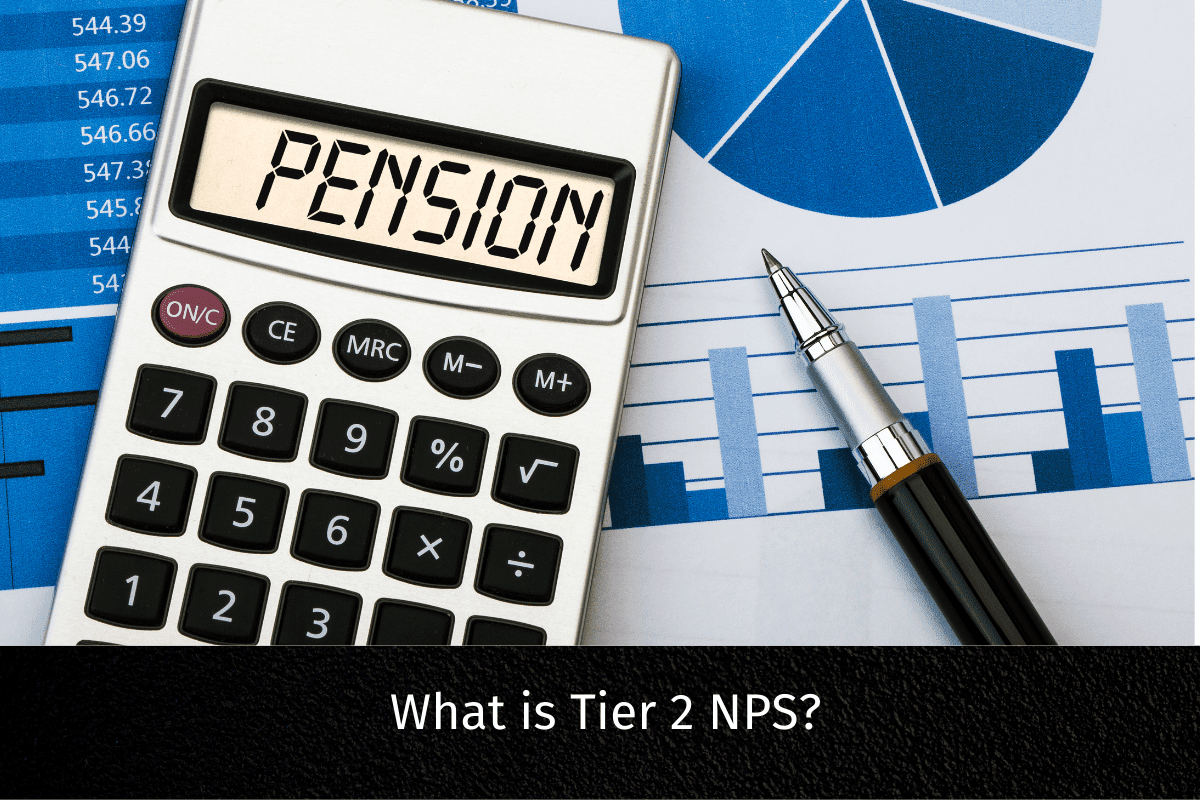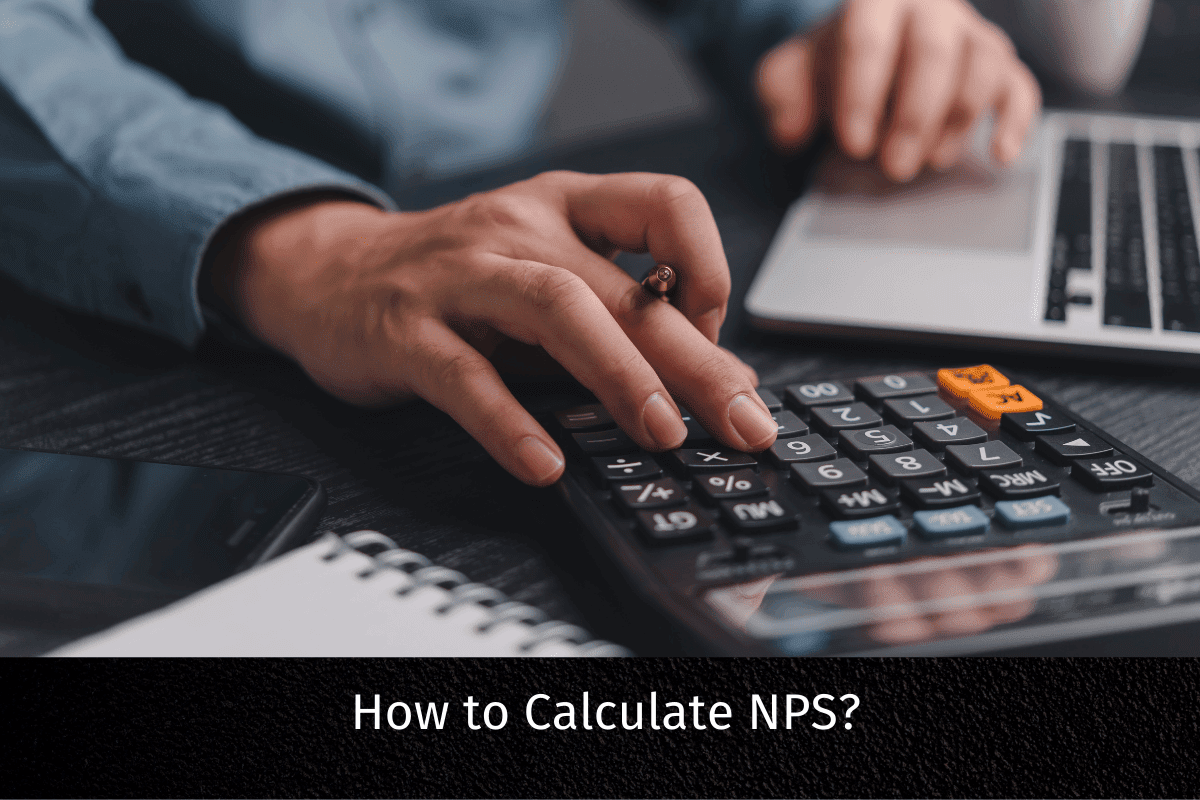The National Pension System (NPS) is a voluntary retirement savings scheme introduced by the Government of India to help individuals plan for their financial security after retirement. When discussing NPS in salary, it generally refers to the employer’s and employee’s contribution to the NPS under a corporate or individual structure.
This article provides a detailed understanding of what is NPS in salary, its benefits, tax implications, and how it works.
Understanding NPS in Salary Structure
NPS in salary means that a portion of an employee’s salary is contributed towards the National Pension System. The contribution can come from:
- Employee Contribution – An individual can voluntarily contribute up to 10% of their basic salary + dearness allowance (DA) towards NPS.
- Employer Contribution – Under the corporate NPS model, an employer may contribute up to 10% of an employee’s basic salary + DA as part of the salary package.
Both contributions help in building a retirement corpus, which is invested in different asset classes such as equity, corporate bonds, government bonds, and alternative investments.
Tax Benefits of NPS in Salary
One of the biggest advantages of NPS in salary is the tax benefits available under the Income Tax Act:
1. Employee Contribution (Section 80CCD(1))
- Deduction of up to 10% of salary (Basic + DA) under Section 80CCD(1).
- The overall limit of ₹1.5 lakh under Section 80C includes this deduction.
2. Employer Contribution (Section 80CCD(2))
- The employer’s contribution to NPS (up to 10% of Basic + DA) is eligible for tax deduction without any upper limit.
- This is an additional deduction beyond ₹1.5 lakh under Section 80C, making it highly beneficial for salaried individuals.
3. Additional Deduction under Section 80CCD(1B)
- Employees can avail an extra deduction of ₹50,000 by contributing voluntarily beyond the employer-employee contribution.
- This is over and above the ₹1.5 lakh limit under Section 80C.
How NPS Works in Salary
- Enrollment – Employees can join NPS through their employer under the corporate NPS model or individually through a registered Point of Presence (PoP).
- Investment Choices – Contributions are allocated across different asset classes like equity (E), corporate bonds (C), government bonds (G), and alternative assets (A).
- Accumulation Phase – Contributions accumulate over time with market-linked returns.
- Withdrawal Options at Retirement – Upon retirement at 60 years, employees can:
- Withdraw 60% of the corpus tax-free.
- Use 40% of the corpus to purchase an annuity to receive a pension.
Benefits of NPS in Salary Structure
- Retirement Security – Ensures financial stability after retirement.
- Tax Efficiency – Offers multiple tax benefits under Sections 80CCD(1), 80CCD(2), and 80CCD(1B).
- Long-Term Growth – Market-linked returns help build a significant corpus over time.
- Low-Cost Investment – NPS is one of the lowest-cost pension schemes in India.
- Flexibility – Employees can choose between different investment options and fund managers.
Difference Between NPS and EPF
| Feature | NPS | EPF |
|---|---|---|
| Regulator | PFRDA | EPFO |
| Contribution | Voluntary (up to 10% of Basic + DA) | Fixed (12% of Basic + DA) |
| Investment Options | Equity, corporate bonds, government securities | Primarily fixed-income instruments |
| Taxation | 60% withdrawal tax-free; 40% annuity taxable | Interest tax-exempt up to ₹2.5 lakh annual contribution |
How to Maximise NPS Benefits in Salary
- Ensure employer contribution – If your employer offers NPS under 80CCD(2), opt for it to maximise tax savings.
- Make voluntary contributions – Contribute an additional ₹50,000 under 80CCD(1B) for extra tax benefits.
- Choose an aggressive asset allocation – Opt for a higher equity exposure if you have a long investment horizon.
- Plan withdrawals wisely – Utilise the tax-free 60% lump sum withdrawal efficiently at retirement.
Conclusion
NPS in salary is an excellent way to secure financial stability post-retirement while enjoying tax benefits throughout your working years. Both employees and employers benefit from structured contributions, making it an ideal pension planning tool.
If you haven’t yet enrolled in NPS through your employer, consider exploring the options available to optimise tax savings and retirement planning.







